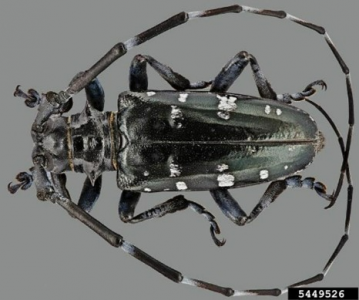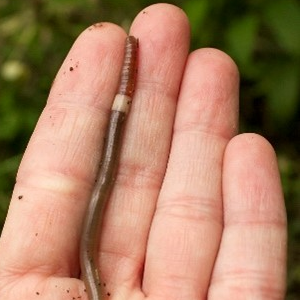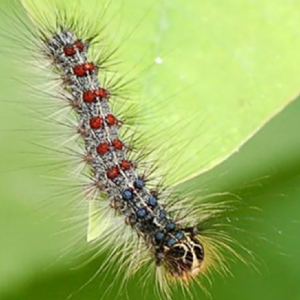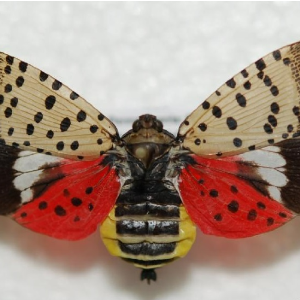Our Mission
A “plant pest” includes any living stage of insects, mites, nematodes, slugs, snails, protozoa, or other invertebrates; bacteria, fungi, mycoplasma, or parasitic plants, weeds, or their reproductive parts; viruses; or organisms similar to or allied with any of these, including genetically modified organisms or biological control agents. These pests may directly or indirectly harm beneficial organisms, plants, plant parts, or plant products.
An introduced pest is a plant pest originating generally from outside the Northeast Region of the United States that has the potential to come to Vermont and establish in Vermont's landscape unaided, but often through human activity.
The Vermont Agency of Agriculture, Food and Markets’ Plant Health Team conducts inspections and surveys for state and federally regulated pests, issues phytosanitary certificates and compliance agreements, and enforces regulations to prevent or limit pest distribution. The Plant Health Team provides education and resources for identifying and reporting these pests.
The Plant Health Team’s approach is guided by federal and state laws. Management strategies are influenced by factors, such as:
- The risk of the pest being introduced or established in Vermont.
- Whether the pest is present in the state.
- Identified sources or pathways for pest introduction and spread.
- Available best practices to prevent or limit introduction and spread.
- The Agency's ability to work with industries through compliance agreements to mitigate risk.
Through prevention, regulation, and education, the Plant Health Team strives to protect Vermont's environment, agriculture, and communities.
A New Mission to Address How We Talk About Introduced Invasive Species and the Terminology Used to Describe Our Efforts
Shifting Language Used in Invasive Ecology
The below presentation, led by Leigh Greenwood of The Nature Conservancy, focuses on the role of language and framing in addressing introduced invasive species. Hosted by the Vermont Agency of Agriculture, Food and Markets, the webinar brought together state, federal, and non-governmental partners to explore how inclusive and thoughtful language can improve communication and collaboration. Leigh shares insights from her work, including the renaming of the spongy moth, highlighting how language impacts public understanding and engagement. This webinar’s goal was to spark meaningful discussions and inspire better practices for effective and equitable environmental management in Vermont.
Below are five of the most concerning pests currently receiving high-priority attention in Vermont:






